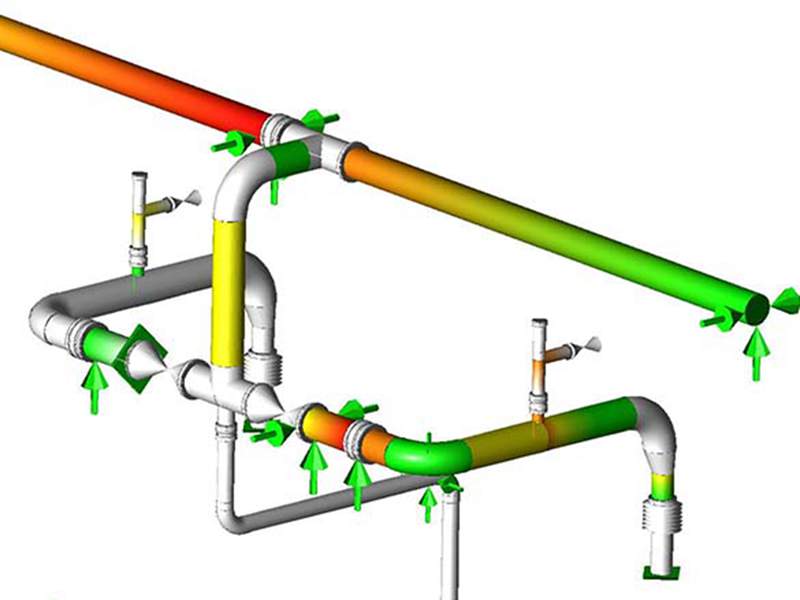
-
 Afrikaans
Afrikaans -
 Albanian
Albanian -
 Amharic
Amharic -
 Arabic
Arabic -
 Armenian
Armenian -
 Azerbaijani
Azerbaijani -
 Basque
Basque -
 Belarusian
Belarusian -
 Bengali
Bengali -
 Bosnian
Bosnian -
 Bulgarian
Bulgarian -
 Catalan
Catalan -
 Cebuano
Cebuano -
 China
China -
 China (Taiwan)
China (Taiwan) -
 Corsican
Corsican -
 Croatian
Croatian -
 Czech
Czech -
 Danish
Danish -
 Dutch
Dutch -
 English
English -
 Esperanto
Esperanto -
 Estonian
Estonian -
 Finnish
Finnish -
 French
French -
 Frisian
Frisian -
 Galician
Galician -
 Georgian
Georgian -
 German
German -
 Greek
Greek -
 Gujarati
Gujarati -
 Haitian Creole
Haitian Creole -
 hausa
hausa -
 hawaiian
hawaiian -
 Hebrew
Hebrew -
 Hindi
Hindi -
 Miao
Miao -
 Hungarian
Hungarian -
 Icelandic
Icelandic -
 igbo
igbo -
 Indonesian
Indonesian -
 irish
irish -
 Italian
Italian -
 Japanese
Japanese -
 Javanese
Javanese -
 Kannada
Kannada -
 kazakh
kazakh -
 Khmer
Khmer -
 Rwandese
Rwandese -
 Korean
Korean -
 Kurdish
Kurdish -
 Kyrgyz
Kyrgyz -
 Lao
Lao -
 Latin
Latin -
 Latvian
Latvian -
 Lithuanian
Lithuanian -
 Luxembourgish
Luxembourgish -
 Macedonian
Macedonian -
 Malgashi
Malgashi -
 Malay
Malay -
 Malayalam
Malayalam -
 Maltese
Maltese -
 Maori
Maori -
 Marathi
Marathi -
 Mongolian
Mongolian -
 Myanmar
Myanmar -
 Nepali
Nepali -
 Norwegian
Norwegian -
 Norwegian
Norwegian -
 Occitan
Occitan -
 Pashto
Pashto -
 Persian
Persian -
 Polish
Polish -
 Portuguese
Portuguese -
 Punjabi
Punjabi -
 Romanian
Romanian -
 Russian
Russian -
 Samoan
Samoan -
 Scottish Gaelic
Scottish Gaelic -
 Serbian
Serbian -
 Sesotho
Sesotho -
 Shona
Shona -
 Sindhi
Sindhi -
 Sinhala
Sinhala -
 Slovak
Slovak -
 Slovenian
Slovenian -
 Somali
Somali -
 Spanish
Spanish -
 Sundanese
Sundanese -
 Swahili
Swahili -
 Swedish
Swedish -
 Tagalog
Tagalog -
 Tajik
Tajik -
 Tamil
Tamil -
 Tatar
Tatar -
 Telugu
Telugu -
 Thai
Thai -
 Turkish
Turkish -
 Turkmen
Turkmen -
 Ukrainian
Ukrainian -
 Urdu
Urdu -
 Uighur
Uighur -
 Uzbek
Uzbek -
 Vietnamese
Vietnamese -
 Welsh
Welsh -
 Bantu
Bantu -
 Yiddish
Yiddish -
 Yoruba
Yoruba -
 Zulu
Zulu
grp grating
Understanding the GRP Grating A Comprehensive Overview
GRP grating, or Glass Reinforced Plastic grating, is a versatile material widely used across various sectors due to its numerous advantages. Its unique properties make it a preferred choice for many applications, particularly in environments where durability, safety, and corrosion resistance are paramount.
What is GRP Grating?
GRP grating consists of a composite material made of glass fibers and a resin matrix. The combination of these components provides a lightweight yet strong alternative to traditional materials like steel or aluminum. GRP gratings are made by pultrusion or hand lay-up methods, resulting in a product that offers high strength-to-weight ratios and excellent resistance to environmental factors, including chemicals and UV radiation.
Key Features and Benefits
1. Corrosion Resistance One of the most significant advantages of GRP grating is its corrosion resistance. Unlike metal gratings, which can rust and deteriorate over time when exposed to harsh chemicals or saline environments, GRP remains unaffected, making it ideal for use in chemical plants, marine environments, and water treatment facilities.
2. Lightweight GRP grating is significantly lighter than steel or aluminum, making it easier to handle and install. This lightweight nature reduces transportation costs and allows for simpler installation processes, especially in challenging locations.
3. Safety GRP grating often incorporates slip-resistant surfaces, enhancing safety in industrial and commercial environments. The gratings are designed to provide excellent footing, minimizing the risk of slips and falls, which is essential in areas prone to wet or oily conditions.
grp grating

4. Customizability GRP gratings can be manufactured in various sizes, colors, and configurations to meet specific project requirements. This flexibility ensures that designers and contractors can tailor the product to fit unique applications, enhancing both functionality and aesthetics.
5. Longevity The durability of GRP grating means that it requires less maintenance and replacement over time, contributing to lower lifecycle costs. While the initial investment might be comparable to traditional materials, the extended service life of GRP makes it a cost-effective solution in the long run.
Applications of GRP Grating
GRP grating finds applications in a wide array of industries
- Chemical and Petrochemical In facilities where exposure to corrosive substances is common, GRP gratings provide a safe walking surface that won't corrode or weaken. - Water Treatment Water treatment plants often use GRP grating for walkways, platforms, and trench covers due to its resistance to water and chemicals. - Marine Applications In shipbuilding and dock facilities, GRP gratings are used for their lightweight properties and resistance to marine degradation. - Construction GRP is increasingly being used in construction for walkways, stair treads, and platforms where traditional materials may not be suitable due to weight or corrosion issues.
Conclusion
In conclusion, GRP grating is a remarkable solution that addresses many of the limitations associated with traditional materials. Its combination of strength, lightweight properties, corrosion resistance, and safety features makes it an excellent choice for a variety of industrial applications. As industries continue to evolve and seek out innovative materials that can withstand challenging environments, GRP grating stands out as a reliable option, ensuring that safety and performance are never compromised.
As more sectors recognize the benefits of GRP grating, its usage is likely to expand, paving the way for a future where advanced composite materials play an even more critical role in industrial and commercial environments. With ongoing advancements in manufacturing technologies, the potential for GRP grating is as vast as the applications it can serve.









